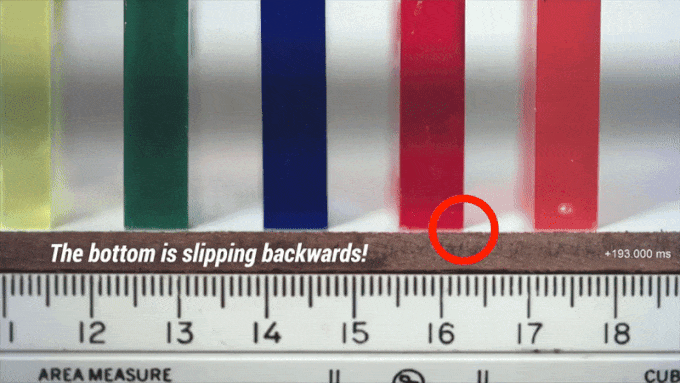chain reaction: An event that once started continues to keep itself going. This sets up a self-sustaining process.
civil engineer: An engineer who creates buildings, tunnels, water systems and other large projects that improve everyday life.
computer model: A program that runs on a computer that creates a model, or simulation, of a real-world feature, phenomenon or event.
engineering: The field of research that uses math and science to solve practical problems.
equation: In mathematics, the statement that two quantities are equal. In geometry, equations are often used to determine the shape of a curve or surface.
friction: The resistance that one surface or object encounters when moving over or through another material (such as a fluid or a gas). Friction generally causes a heating, which can damage a surface of some material as it rubs against another.
fundamental: Something that is basic or serves as the foundation for another thing or idea.
physical: (adj.) A term for things that exist in the real world, as opposed to in memories or the imagination. It can also refer to properties of materials that are due to their size and non-chemical interactions (such as when one block slams with force into another). (in biology and medicine) The term can refer to the body, as in a physical exam or physical activity.
physics: The scientific study of the nature and properties of matter and energy. Classical physics is an explanation of the nature and properties of matter and energy that relies on descriptions such as Newton’s laws of motion. Quantum physics, a field of study that emerged later, is a more accurate way of explaining the motions and behavior of matter. A scientist who works in such areas is known as a physicist.
simulate: (in computing) To try and imitate the conditions, functions or appearance of something. Computer programs that do this are referred to as simulations.










